 Welcome to part three of the behind the scenes look at the making of On The Rocks. Last time, I wrote about the creation of the pilot episode with showrunner Sam Miller and executive producer Chris Wu. This time, I’m going to take you into the writers’ room to meet the rest of the writing staff and find out how we take a story from concept to script.
Welcome to part three of the behind the scenes look at the making of On The Rocks. Last time, I wrote about the creation of the pilot episode with showrunner Sam Miller and executive producer Chris Wu. This time, I’m going to take you into the writers’ room to meet the rest of the writing staff and find out how we take a story from concept to script.
The Best Laid Plans of Mice and Writers
With the pilot episode locked, it was time to outline or “break” episodes 102 through 106. Miller felt that first season should have a six-episode arc ending with a bottle episode where all the issues and tensions that had been brewing since the pilot would come to a head, but what would the bigger plot elements in between look like to lead the characters to that point?
“Chris had this great idea for the Episode 102 ‘A’ story. What if David has to promote a product he didn’t like?” said Miller. “This created a great obstacle with Sally on one side, telling David to be honest, and Andrea on the other side being a bit more pragmatic.” This also echoed the love triangle that was emerging. But what would the other characters at Pacific Spirits get up to?
Enter writer/executive producers Jessica Kivnik and Greg Machlin, who were assigned to tackle the “B” story. Kivnik, whose work involves tracking story for the Paranormal Activity franchise said, “The second episode is critical for defining your characters. You have given the audience a peek at each of the characters in the pilot and now’s your moment to clarify and solidify who they are.”
“We pitched a bunch of ideas, including an Iron Chef style mixology competition,” Machlin said. “Then Jessica and I met separately to develop that idea into an outline, thinking it would be the ‘B’ story.”
It didn’t take long for things to change. Back in the writers’ room, Miller felt that the Iron Chef outline they created was developed enough to have its own episode. That’s when Kivnik pitched the idea that Michelle or Ryan could discover that they were being Catfished. Another writer, building off the Catfish idea, referenced The Importance of Being Ernest, a more farcical and tangible work about deception. This became the basis for the 102 “B” story, which Kivnik would outline.
“Basically, Jessica had an original pitch based on Catfish, which was influenced by Ernest and applied to our world in the form of a story about someone using a fake friend to get out of work,” said Miller. “Jessica then discovered the spine of a story in which two people admit they made something up and are in competition throughout the rest of the piece.”
“When you have two people lying in a comedy, the funniest moments come when they have to work hard to cover it up,” said Kivnik. “In our case that happens when Michelle has to pretend to be Ryan’s made up sick friend.” This turned into one of the major comedy scenes in that episode and thematically ties in with David, Sally and Andrea’s struggle to market a terrible beer in the “A” story.
While Kivnik was working on the Oscar Wilde by way of Social Media “B” story, Wu continued work on the “A” story. Both were drafted and combined into what’s called a “Frankenstein draft” and from there more revisions were made to integrate the stories.
And Now, the Rest of the Story
Episodes 103 through 106 would follow a similar progression from raw idea, to outline, to more detailed outline, to writers being assigned, to (eventually) a finished script – and they’re all still evolving.
“Breaking story is a bit like going for a hike without a map,” said Aurora Clark. “If you have a general sense of where you want to go, stick to the trail (story structure) and trust in your fellow hikers (writers), you’ll eventually reach your destination and have yourself a little adventure in the process.”
The idea of a love triangle between David, Andrea and Sally was there from the beginning. Dave and Andrea would have an on-again/off-again relationship, then Sally, the quirky new girl shows up. Sally and Dave clearly have chemistry but he’s still with Andrea. This triangle formed the bases of the first season arc.
“I had a sketch for a series, but I didn’t necessarily have all the pieces,” said Miller. “The week-to-week story would be some sort of workplace conflict with Sally on one side, Andrea on the other and David caught in the middle.”
The writers kicked around a lot of “A” and “B” stories and had to decide which ones fit together thematically. The “A” story would involve one set of characters so the “B” story had to involve the other characters. The stories would sometimes crossover, but not always.
“We knew that there were certain stories we wanted to do, like one where the characters have to stay at work all night so we had to decide where that would fit in the arc of the series,” said Kivnik. “Plus, we discovered that our cast has some real chemistry beyond the natural pairings of Sally-David, Michelle-Ryan, so we’ve been re-examining the story beats to service our marvelous cast and let them intermingle in ways that will surprise you.”
It is a puzzle that is constantly being rearranged and debated even after the first episode was taped.
Grinding it Out With The Grinders
As we continued to meet, the back-and-forth of the writers’ room fueled the creative process and shaped the series in fun and unpredictable ways. So, what is it like to be part of a group when writing is typically a solitary profession? Here is what some of the writing staff for On The Rocks had to say.
“Even though lately I’ve been writing feature-length screenplays, I have an improv background so writing with a team feels very organic to me,” said Kivnik. “In improv, you learn to create with the mindset that no idea is a bad one, trust other people’s ideas and explore and heighten them to find the funny. Knowing we all have each other’s backs takes some of the pressure off to be clever. But when I can make the other writers laugh, that’s like striking gold.”
Machlin said, “Friends in the business talk about cutthroat rooms and showrunners with toxic personalities. But, this room’s full of supportive, funny people who can take your grain of sand and turn it into a pearl–or at least a shinier, more colorful grain of sand.”
Machlin added that being supportive is an important aspect of any good room and to not be afraid to speak up even if you think your idea is no good.
“Throwing up a total brick to get other people’s juices flowing is okay,” said Machlin. “Sometimes being the bizarre, off-the-wall, out-of-the-box guy is a good thing.”
While Machlin had experienced collaborating with other writers while working as showrunner on a web series he co-created, WRNG in Studio City, Clark was new to the collaborative process. However, she soon fell in love with the group dynamic.
“This is my first time working with other writers in a collaborative setting. It’s better than crack,” said Clark. “Part of being in a writers’ room is learning how to facilitate the creative process. Being a good listener and laughing at other people’s funnies is just as important as pitching jokes. The goal isn’t to be the funniest writer in the room; you should come to a room prepared to help everyone else be the best writer they can be.”
Ali Chen, a writer and casting director, was also new to writing in a group. She had previously only written for magazines, websites and as part of class assignments.
“I love working with a writers’ room. The ideas of nine people together makes the script so much stronger than if it’s just yours. It’s great to learn from the experience of others and also see how your ideas can work if you just tweak them,” said Chen.
“As a writer, I’ve learned so much from On The Rocks. I’ve learned how to work in a writers’ room, how to break a story, how to work collaboratively, how to fall in love with an idea and let it go, how to pitch ideas to the group, when to defer to people who have more experience than I do and also when to make sure an idea is heard if I think the story and the room would benefit somehow,” said Chen. “I’ve learned how to take other people’s ideas and treat them as my own for the benefit of the story.”
That’s all from the writers’ room. Next time, I’ll be back with Ali and the cast taking about the casting process.

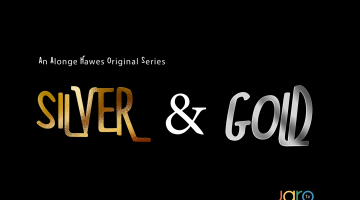

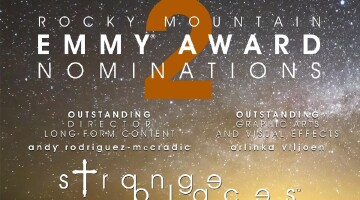

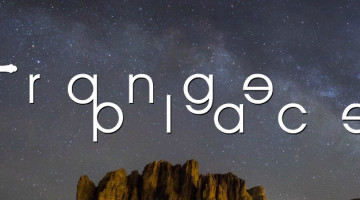

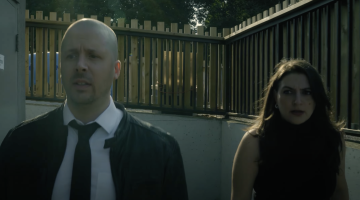
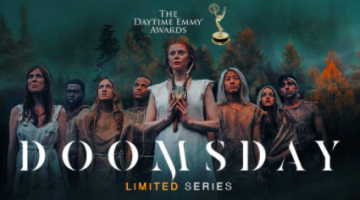

No Comment